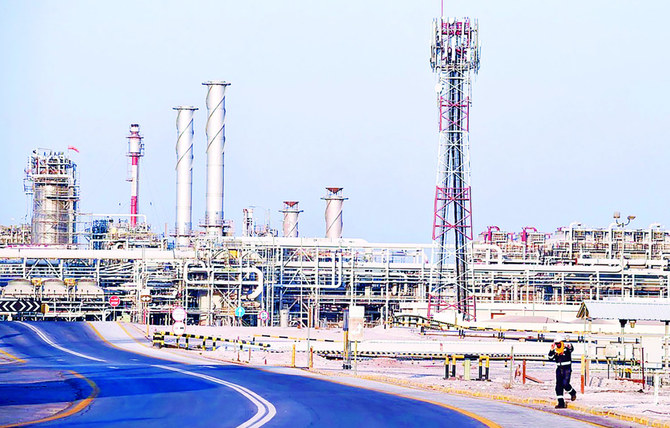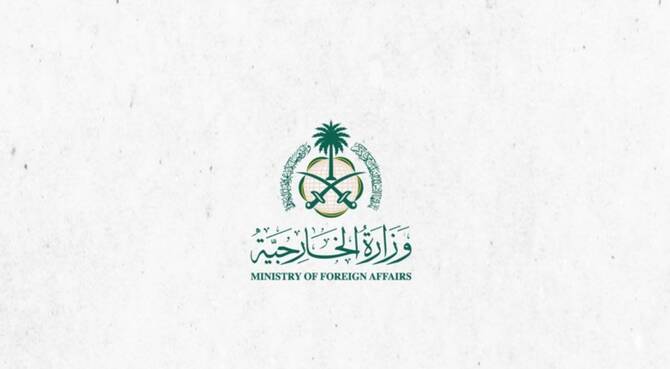RIYADH: Saudi Arabia’s gross domestic product is expected to grow by 10 percent this year, driven by increased activities in the oil and non-oil sectors, according to a recent note from Capital Economics.
The London-based independent research firm said it will be the highest annual growth rate in over a decade, if this happens.
Capital Economics expects the Kingdom to achieve the projected 10-percent growth due to a significant increase in oil output combined with an expected loosening of fiscal policy that is set to encourage growth in the non-oil sector.
This projection follows the flash estimate for the first quarter GDP released earlier this month which showed the economy grew 2.2 percent since the last quarter of 2021, and 9.6 percent year-on-year — the highest growth rate in 11 years.
In regards to performance on a quarter-on-quarter basis, the growth is attributed to a 2.9 percent rise in oil GDP due to increased output on the back of the OPEC+ deal and a 2.5 percent growth in non-oil activities.
The increase in energy prices, which has been the largest since the 1973 oil crisis, together with the war in Ukraine — which altered the global patterns on trade, production and consumption — have contributed to this record GDP growth.
Though Saudi Arabia still hasn’t met its OPEC+ quota, it is one of the few members raising produc- tion significantly. With other member countries struggling to meet their quotas and an expected decline in Russian output, Capital Economics predicts the Kingdom will increase oil production faster than anticipated under the current OPEC+ agreement.
According to the World Bank, energy prices are expected to rise more than 50 percent in 2022, before easing in 2023 and 2024.
As oil prices remain elevated, policymakers are expected to relax fiscal policy to stimulate non-oil activities, with a reduction in the value-added tax a possibility, the note from Capital Economics pointed out.
The Kingdom’s non-oil sector has also expanded at the fastest rate in over four years, according to the Saudi Arabia PMI survey.
This has been due to new business and activity that boosted sharply as client demand recov- ered after COVID-19.
The increase in business also came in line with Vision 2030, a reform plan that aims to diversify the country’s economic resources.
The 10 percent figure projected by Capital Economics is much higher than recent projections from the IMF, which predicted the Saudi economy to grow by 7.6 percent in 2022, as mentioned in its World Economic Outlook released in April 2022.






















